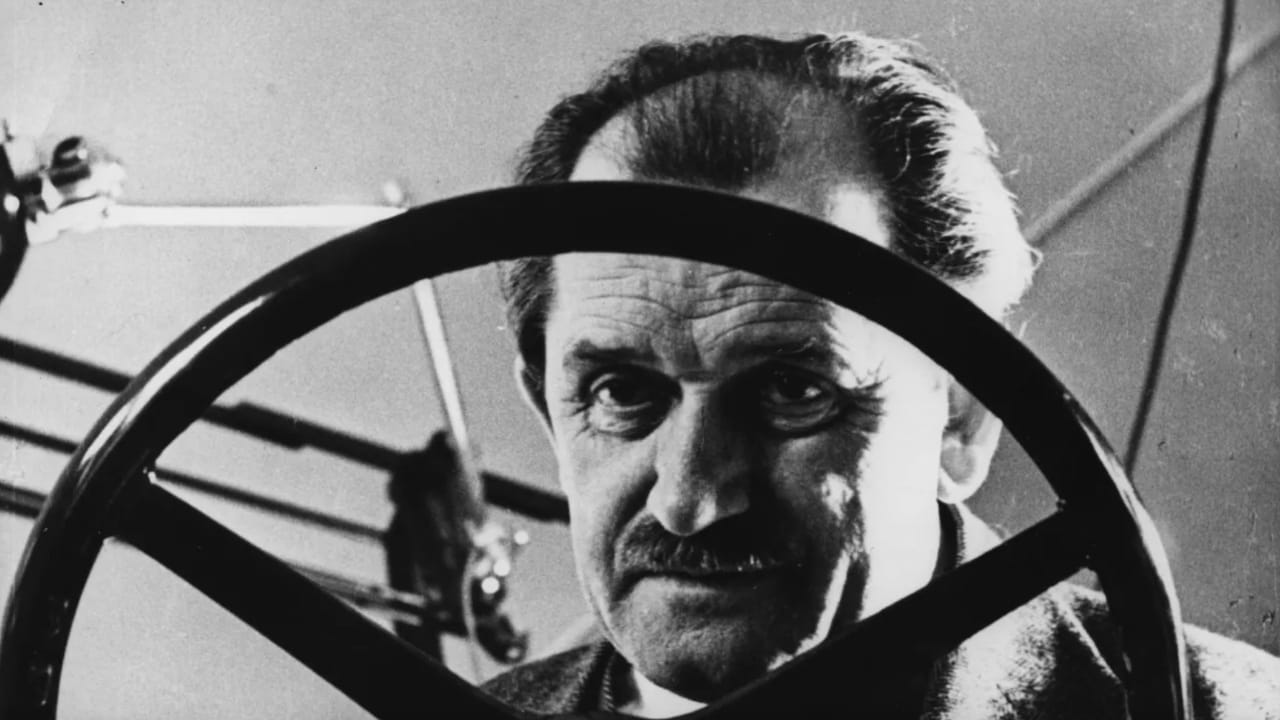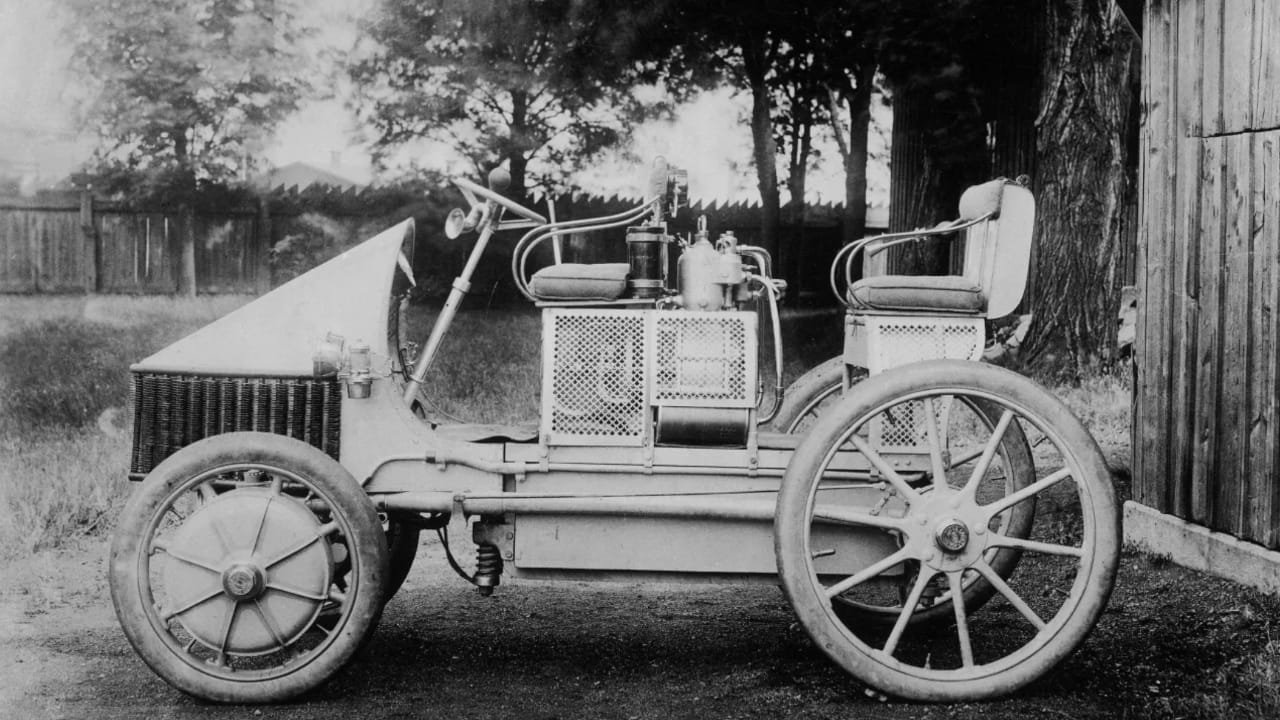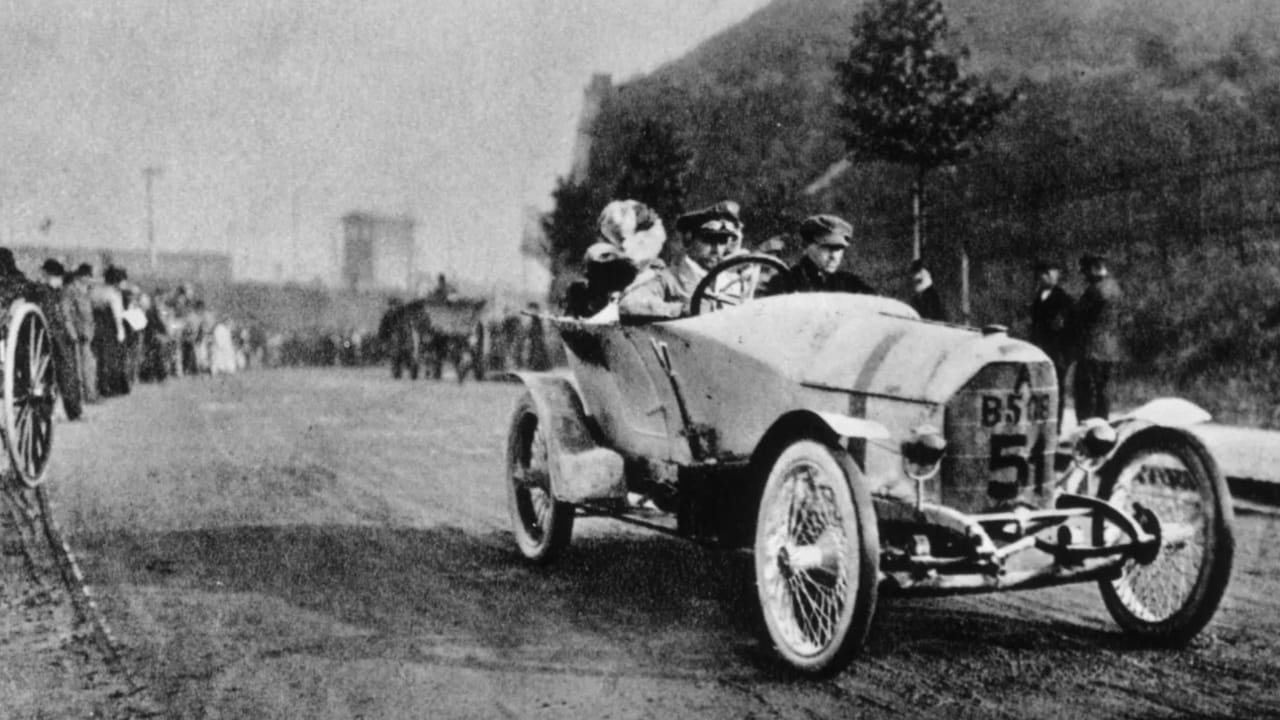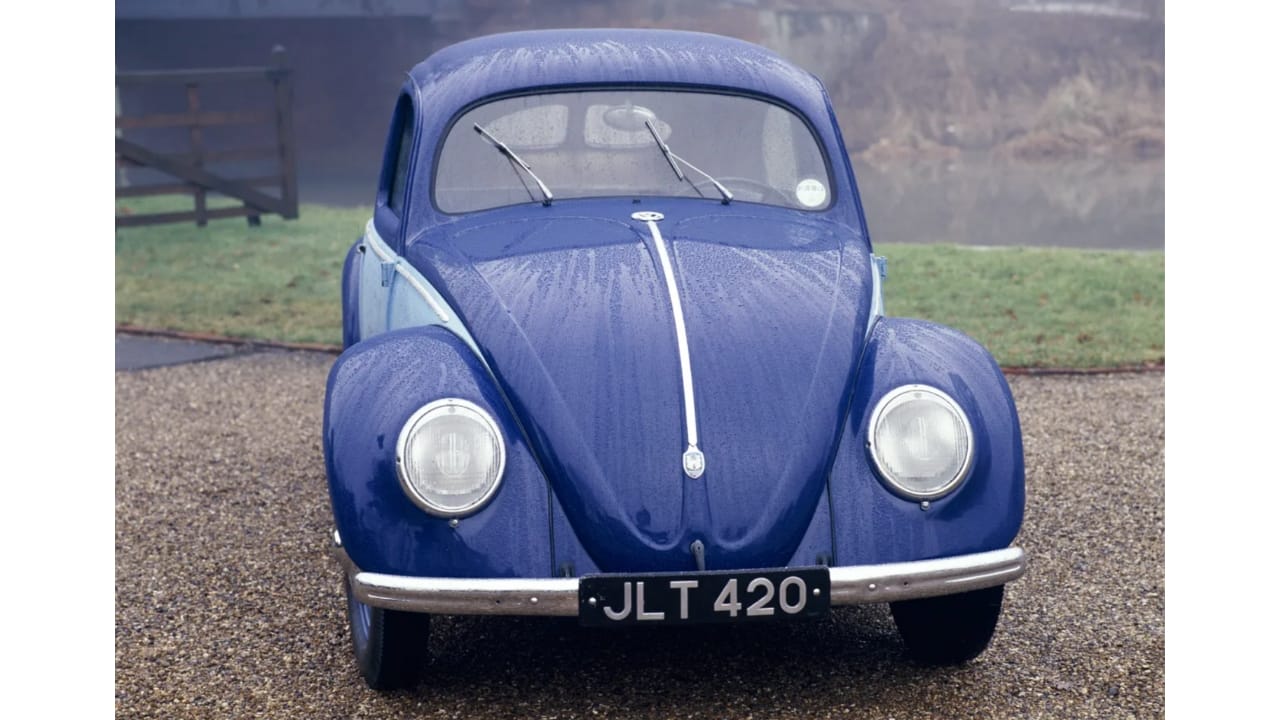In the 21st century, the Porsche name is associated with powerful and refined sports cars, high-performance sedans and SUVs, and total dominance in motorsports. It all started with one man: Ferdinand Porsche, an Austrian engineer and businessman. Far beyond the founding of his company, Ferdinand Porsche was a critical player in the evolution of the automobile and the establishment of a global car industry, earning him the posthumous title of Car Engineer of the Century. Here’s how a young Austrian boy with no engineering degree shaped the automotive era.
Early Years

Ferdinand Porsche was born in 1875 in Bohemia, then part of Austria-Hungary, in what is now the Czech Republic. Young Ferdinand was fascinated by engineering and electricity. As a teen, he worked in his father’s mechanic shop during the day, attending classes at Imperial Polytechnical College at night.
At 18, Ferdinand Porsche was hired by Béla Egger & Co., a maker of electric motors in Vienna. He constructed the company’s first electric hub motor, a self-contained motor unit built into its own wheel—a design used in e-bicycles and many other low-speed electric vehicles today.
Building the World’s First Hybrid Automobile

Around 1897, Porsche left Béla Egger & Co. for coachbuilder Jakob Lohner & Co. in Vienna. The company made royal coaches for monarchs in Europe and England, and had just begun building electric horseless carriages. The company’s early vehicles showed great technical promise, but they were severely limited by the weight of their massive batteries.
In 1901, Ferdinand Porsche came up with a strikingly futuristic solution, installing a Daimler internal-combustion engine in a Lohner coach. The engine would drive a generator to power the electric motors and charge a small backup battery. It was the world’s first hybrid-electric vehicle, more than 100 years before hybrids would come into vogue. The company would sell more than 300 Lohner-Porsche Mixte Hybrids, used as buses, trucks, and fire engines.
In 1906, Porsche left Lohner to become chief designer at Austro-Daimler, the Austro-Hungarian division of engine maker Daimler. He created impressive vehicles that won numerous races, and by 1916 he was named managing director. Despite having never completed a degree, that same year he was awarded an honorary doctorate in engineering from Vienna University of Technology.
Porsche and Mercedes

In 1923, Porsche moved to Stuttgart, Germany, and became technical director at Daimler. The company had been at the forefront of automobile design and engineering since the very beginning, and here, Porsche could work on the most cutting-edge race cars in the world. Daimler merged with Benz & Cie in 1926, creating Daimler-Benz. Porsche would contribute to Benz’s series of revolutionary supercharged race cars, culminating in the paradigm-defining Mercedes-Benz SSK.
By now, Porsche had solidified his philosophy for car design. He preferred smaller cars, which could achieve speed and efficiency through light weight and innovative packaging. He pushed Daimler-Benz to invest in such machines, but the company’s leadership chose instead to focus on large, heavy, luxurious vehicles. Porsche left the company in 1929.
The Founding of Porsche

In 1931, Porsche launched his own company, creatively named “Dr. Ing. h.c. F. Porsche GmbH, Konstruktionen und Beratungen für Motoren und Fahrzeugbau”—the Dr. of Engineering (Honorary) Ferdinand Porsche Company for Design and Consulting Services for Motors and Vehicles. Porsche didn’t intend to build his own cars; rather, this was an engineering consulting firm, staffed by engineers Porsche had met during his work. The Porsche company designed automobiles for German manufacturer Wanderer and other early car companies, and Ferdinand Porsche continued to develop his lightweight car idea that had been turned down by Daimler-Benz. He also began work on a mid-engine aerodynamic race car concept. In 1932, four struggling German automakers joined together to form Auto Union, purchasing Porsche’s mid-engine race car design and developing it into the Auto Union Type A, B, and C race cars.
The First Porsche Sports Car

While Ferdinand Porsche was imprisoned in France, his son—also named Ferdinand but nicknamed Ferry—ran the Porsche company in Austria. Ferry had worked directly under his father since his teenage years, and had helped launch the Porsche design consulting company in Stuttgart. Ferry relocated the Porsche company to Austria to avoid Allied bombing, and after briefly being imprisoned for war crimes alongside his father in France, Ferry returned to Austria and began work on what would become the Porsche 356 sports car.
The 356 was designed and engineered by Ferry, taking inspiration from his father’s ideas about lightweight, aerodynamic sports cars. It used components designed and engineered by Ferdinand, Sr., for the Volkswagen. In 1947, the Porsche company began building the very first order of 356 sports cars by hand in a converted sawmill in Gmünd, Austria.
This marked a transitional moment for the Porsche company. Previously, Porsche had strictly been a design and engineering consulting firm, hired by other car companies to assist in the development and production of their cars. With the introduction of the 356, Porsche had become a carmaker in its own right.
The Porsche and Volkswagen Empire

In 1947, having gathered funds from Porsche company contract work, Ferry Porsche returned to France and secured his father Ferdinand’s release. By 1949, the Volkswagen factory in Wolfsburg was in full swing, mass-producing Beetles under the supervision of British occupying forces. That same year, Volkswagen and the Porsche company inked a massive deal. Porsche would contribute continued design and engineering improvements on the Volkswagen, and in exchange, the company would earn a royalty on every Beetle sold. In addition, Volkswagen would supply the Porsche company with raw materials to build sports cars, and Porsche would have access to Volkswagen’s global dealership network to distribute its sports cars.
Ferdinand Porsche made his last visit to the Volkswagen factory in Wolfsburg in 1950. The simple, affordable People’s Car that he had designed was already an enormous success, putting Europe on wheels as the post-war rebuilding was still underway. The Porsche 356 was still a somewhat obscure sports car, but it was gaining a foothold in Europe. Porsche and Volkswagen had not yet made a splash in the United States, but the two car companies were growing and succeeding. Ferdinand died in early 1951, five months before a Porsche would win its class at the 24 Hours of Le Mans, the beginning of a 70-plus-year motorsports dynasty that continues to this day. The air-cooled Volkswagen Beetle would stay on the market until 2003, the longest continually-produced vehicle in history, and the best-selling car on earth, with more than 21 million sold.
Previously published on Robb Report USA
Lead image photography: Tristan Fewings




